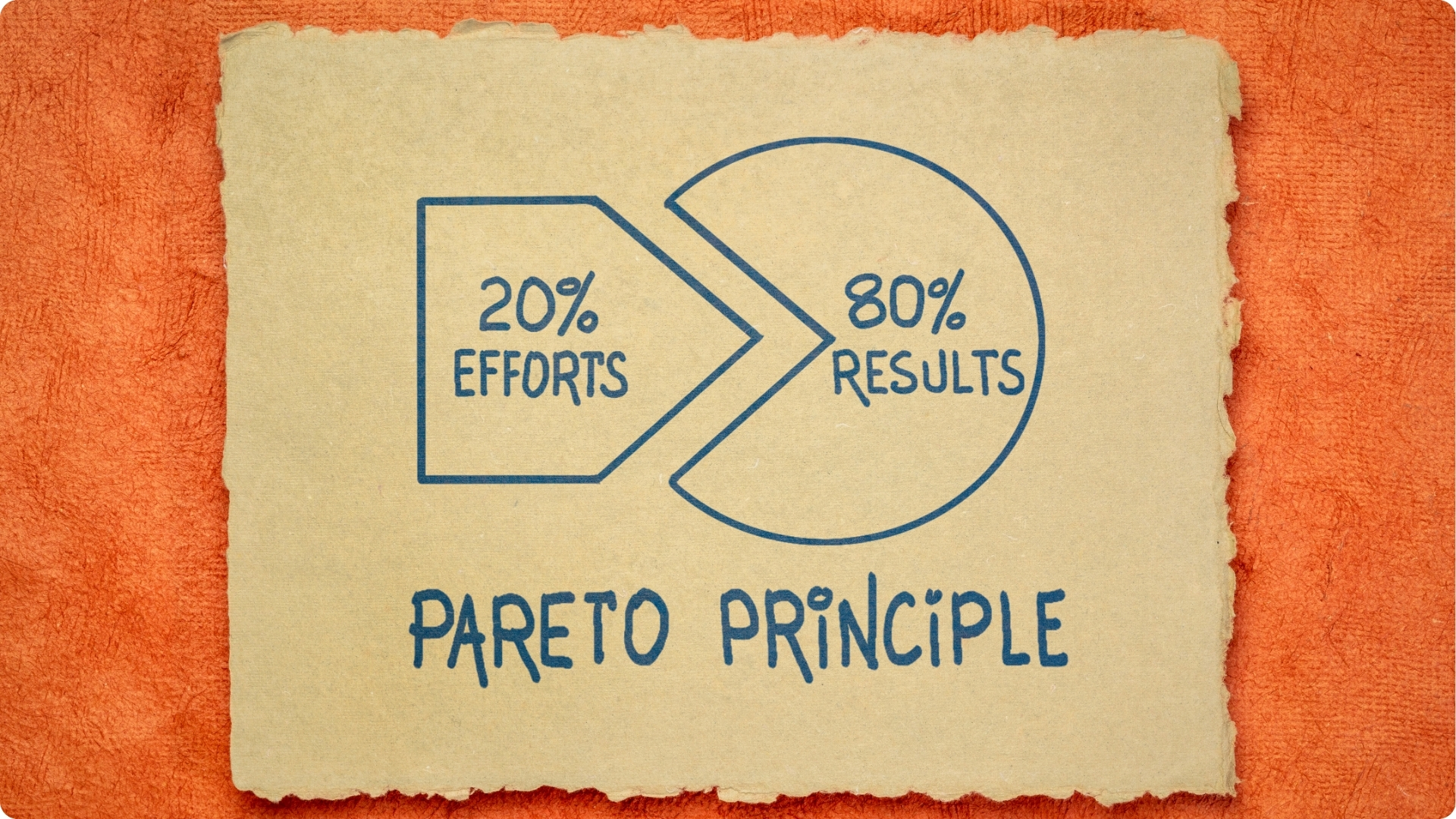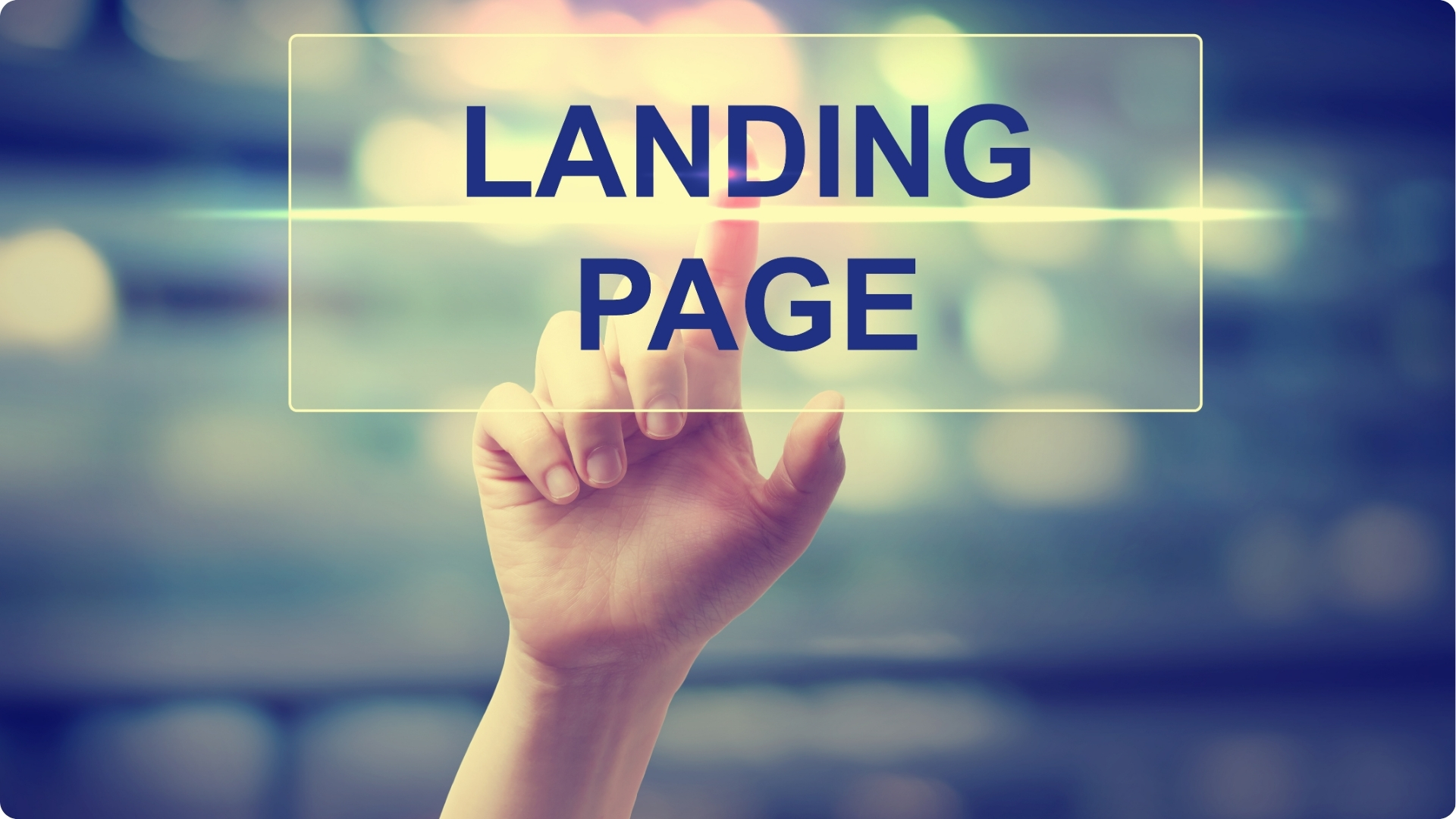Let’s first what kind of buttons are what kinds of buttons:
Primary Call-to-Action buttons are those that are meant to plead a direct action from the user. For instance, if the site in question was one where the user could select various items to buy them, the primary call to action on every page where the selection takes place would be the ‘Add to Cart’ button.This button would add to the shopping cart, all of the items that the user has chosen to go in for billing later. The secondary button would be the ‘View Cart’ button and the ‘Checkout’ button. These two buttons are the secondary ‘Call-to-Action’ which get the user to user to do an alternate action from the primary action.
It is very important to understand and place both sets of buttons in the right places so that the user finds the page easy to use. Placing the button depends on two very important factors: the placement of the secondary button and the placement of the negative button.
The primary action button must always be the one that occupies centre stage. When there is only one button, it is not a problem, because it has the attention of the user by virtue of being the only button on screen. But when there are two buttons, having it on the right is more effective because of how we read. Buttons on the left have the implication of ‘going back’ off returning to the previous. Therefore to avoid the negative connotation, having the primary call to action to the right and removing the focus from the secondary button.
Talking of placing both the Call-to-Action should not restrict themselves to them being placed side by side. Making the primary button bigger and placing more attention on it also works wonders. The key really is to de-emphasize the secondary buttons.
And of course, don’t forget to test everything, so you can see what’s effective and optimize your site!




